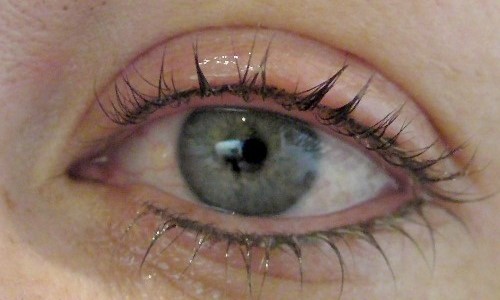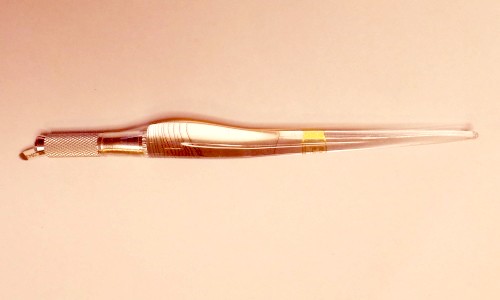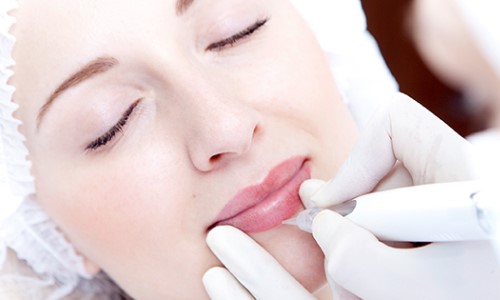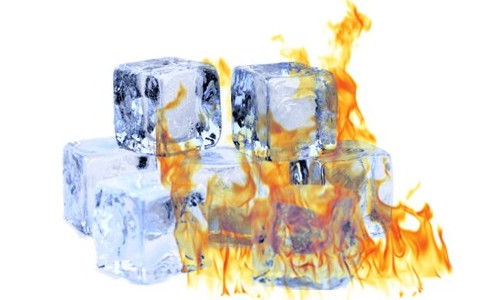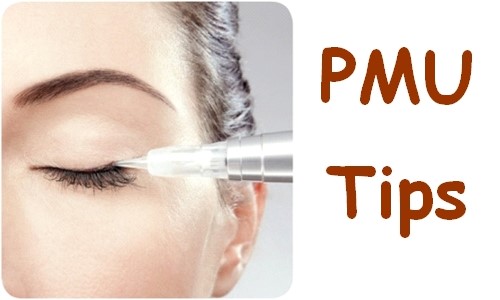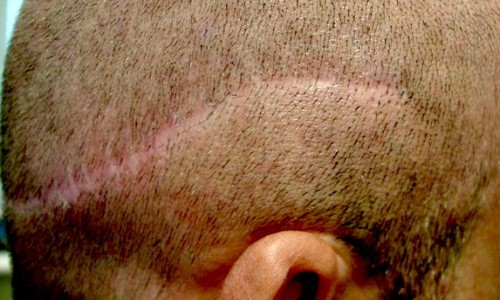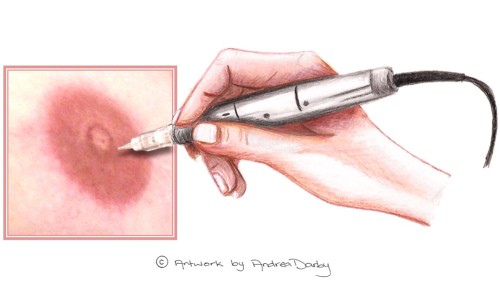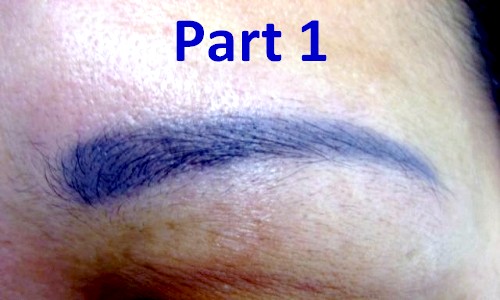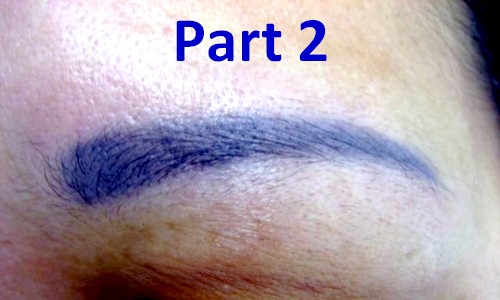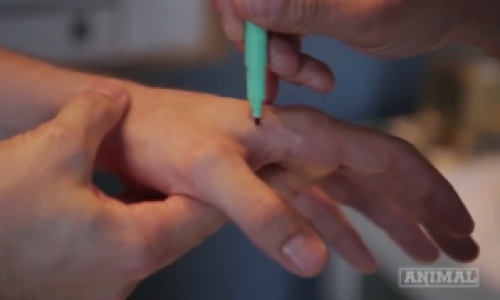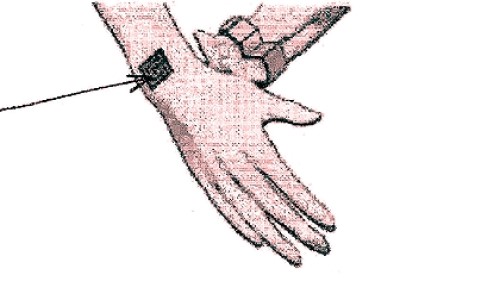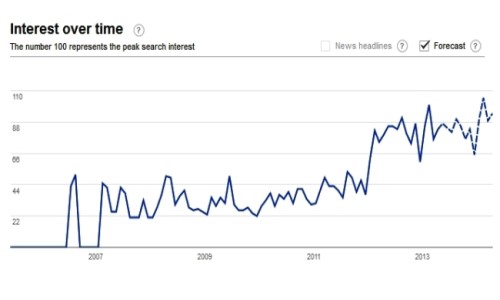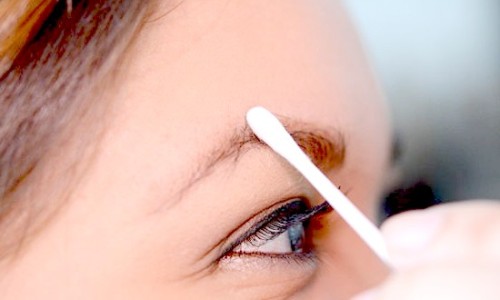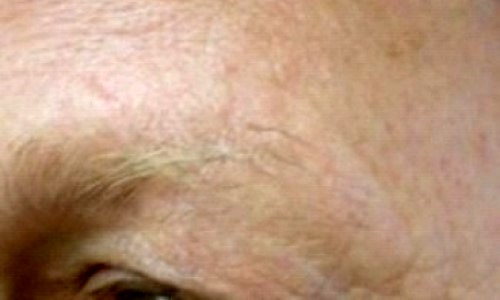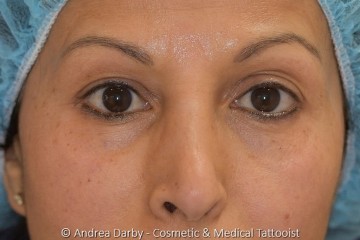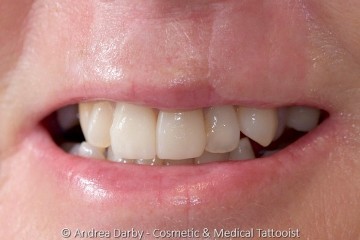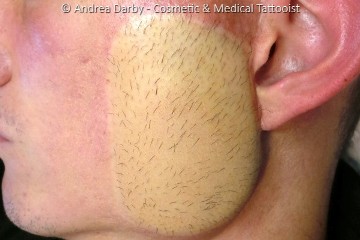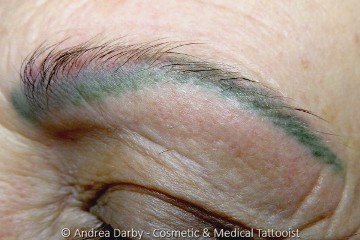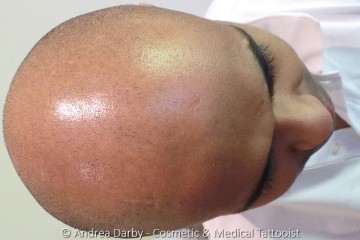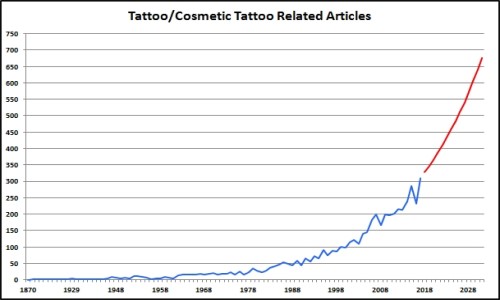Cart is empty
Hyperpigmentary Skin Conditions & Cosmetic Tattooing
02/01/2013
by Andrea Darby - Master Medical Tattooist & Industry Educator
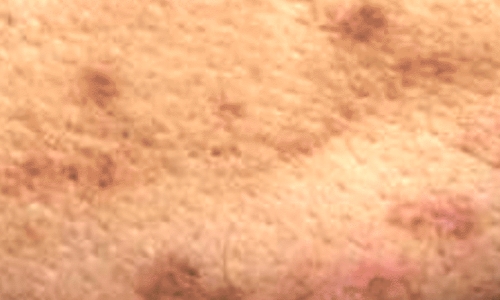
Clients/Patients who have darker skin tones may be more susceptible to a condition called Post Inflammatory Hyper-pigmentation or PIH for short. Clients who have or may develop PIH have hyperactive melanocyte cells in their skin.
▼ Continue Reading ▼|
Some Cosmetic Tattooists routinely refuse to provide cosmetic tattooing services to clients/patients with darker skin tones due to the risk of hyper-pigmentation reactions which are often misconstrued as tattoo pigment changes by the tattooist.
The depth of melanin within the skin will appear to change the colour of the melanin due to the Tyndall effect, you can read more about the Tyndall effect in another one of our articles Why Do Cosmetic Tattoos Change Colour? - (Part 2).
If there is any doubt whether a client/patient already has, or may develop, PIH then they should have any existing skin blemishes checked by their doctor to determine if they appear to be PIH patches and before a tattoo procedure is considered they should also have a tattoo test patch performed 4-6 weeks before having any cosmetic tattooing procedure. The reaction to the test patch may give you some indication how the clients/patients skin may react to a full tattoo procedure.
Fitzpatrick Skin types IV-VI are potentially more prone to PIH than types I-III.
Question: What are Fitzpatrick Skin Types? Answer: Fitzpatrick Skin Type is a Classification Scale developed by the late Dr. Thomas B. Fitzpatrick a renowned Dermatologist, you can check your own Fitzpatrick Skin Type by clicking here. Question: Are there other types of skin disorders that may cause hyperpigmentation? Answer: Yes, conditions such as Lichen Planus, Exogenous Ochronosis, Erythema Dyschromicum Perstans, Drug-induced Hyperpigmentation and Melasama are just a few. Regardless of the cause the same caution is warranted prior to providing a Cosmetic Tattoo treatment.
Question: What is the recommendation in relation to clients/patients who I suspect may have a hyperpigmentary disorder? Answer: In the vast majority of cases a client/patient with an existing hyper-pigmentation skin condition e.g. PIH or Melasma should not have cosmetic tattooing, clients/patients from Africa, Asia, Latin, and indigenous Indian backgrounds (who are are the most susceptible) should seek medical advice about existing skin blemishes if there is any doubt that they may have PIH type skin blemishes. If the clients/patient advises that a hyperpigmentary condition is present then cosmetic tattooing should not be provided.
Date of most recent revision:
02/01/2013 (mutatis mutandis) Copyright © 2012 CTshop.com.au & the article author All Rights Reserved. No copying, transmission or reproduction of site content is permitted without our prior written consent.
Printing Restriction: This article is print disabled, please read our Intellectual Property & Copyright Policies if you would like to request a copy or permission to use the article content for any purpose. |
Main Menu
- Eyeliner Tattooing vs Dry Eye
- MicroBlading - First Things First
- Cosmetic Tattoo Training Standards
- Carcinomas in Tattoos a Statistical Anomaly
- Lash or Brow Growth Enhancing Serums & Tattooing
- What Influences the Colour of a Cosmetic Tattoo?
- Hygiene Protocols Update : Surface Cleaning Wipes
- Preventing & Managing Disputes
- Warm vs Cool Colours
- Age of The Alpha Metrosexual
- Who Will Buy a Poorly Iced Cake?
- Australia now has a Board Certified MicroPigmentation Instructor
- Robot Tattooists?
- Postcards From Birmingham
- The SCAPP Scale - Personalising the Micropigmentation Service
- How to Choose Your PMU Artist
- Scalp MicroPigmentation - More Than Just Ugly Scars?
- Permanent Eyeliner - Avoiding Complications
- Personal Protective Equipment - Are You Covered?
- 3D Nipple Tattooing a New Service?
- Why Do Cosmetic Tattoos Change Colour? - (Part 1)
- Why Do Cosmetic Tattoos Change Colour? - (Part 2)
- Smart Tattoos Are They The Future?
- Presentation: Adding Cosmetic Tattoo to Your Salon
- Cell Phone Vibrating Tattoos
- UK Survey - One Third Regret Their Body Art Tattoo
- Collaborating & Consulting with Dr. Linda Dixon
- Stem Cell Research - Inside the Lab
- When Marketing Via News Media Goes Wrong
- Client Pre-Treatment Screening Questionnaire
- Permanent Makeup Google Search Trends
- Potential Causes of Nosocomial Type Infections in the Salon-Clinic Setting
- Topical Anaesthetics & Cosmetic Procedures
- Introduction to the Fundamentals of Colour Perception
- Clients With Unexplained Loss of Outer Eyebrow Hair
- Hyperpigmentary Skin Conditions & Cosmetic Tattooing
- Cosmetic Tattooing & MRI’s - Diametric Particle Agitation Hypothesis (DPA)
Site News Selection
Educational Article Selection
Regulatory Article Selection
Client Case Studies Selection
Science Library Selection
Complete regrowth of hair following scalp tattooing in a patient with alopecia universalis
31/01/2023
Atypical Intraepidermal Melanocytic Proliferation Masked by a Tattoo: Implications for Tattoo Artist
20/09/2018
Chemical conjunctivitis and diffuse lamellar keratitis after removal of eyelash extensions
26/08/2018
Scarless Breast Reconstruction: Indications and Techniques for Optimizing Aesthetic Outcomes
07/04/2018
High speed ink aggregates are ejected from tattoos during Q‐switched Nd:YAG laser treatments
28/03/2018
Unveiling skin macrophage dynamics explains both tattoo persistence and strenuous removal
08/03/2018
Granulomatous Tattoo reaction with Associated Uveitis successfully treated with methotrexate
08/02/2018
Identification of organic pigments in tattoo inks & permanent make-up using laser mass spectrometry
07/02/2018
Microbiological survey of commercial tattoo and permanent makeup inks available in the United States
03/02/2018











